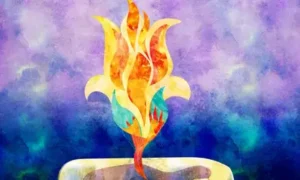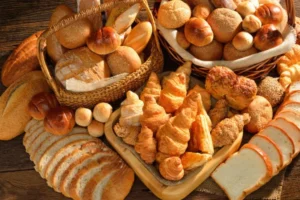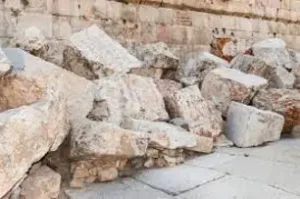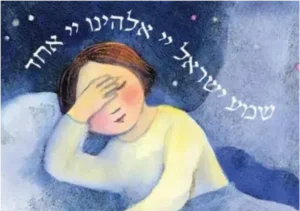
The Nine Days of Mourning
- Green, Rabbi Dovid
- "This month is called Av, which is Hebrew for 'father'. Although G-d has hidden His manifest countenance from us, and we are forced to live with all of the consequences that follow from that, the name of the month conveys to us that G-d acts as a loving father...







